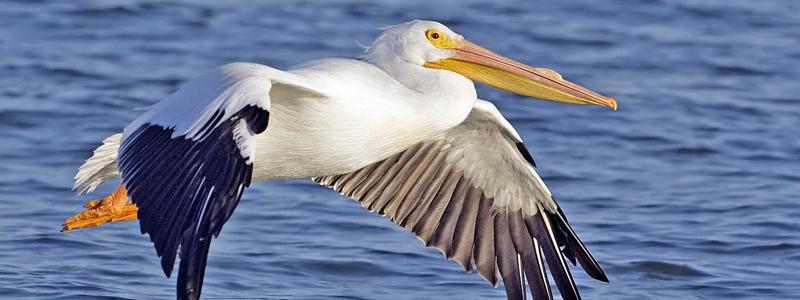July 21 to 23: Massacre Rock State Park, Idaho
As stated, we arrived at Massacre Rocks State Park on Friday. The State Park was established and classified as a Historical Park in 1968 and opened to the public in 1970. During the Oregon Trail period beginning in 1841, “Gate of Death” and “Devil’s Gate” were names given to this area which referred to a narrow gap in a rock formation that was wide enough for only one wagon to pass through at a time. Although no actual massacre occurred on this site, the fear such a narrow passage instilled in travelers and the degree of vulnerability they felt passing one wagon at a time through the high-walled gap served to generate enduring legends devoid of fact.
Massacre is also a refuge for the American White Pelican and over 200 species of other birds. According to “All about Birds”, they are one of the largest North American birds. They are majestic in the air and soar effortlessly up and down the Snake River on beautiful white-and-black wings. “Their large heads and huge, heavy bills give them a prehistoric look. On the water they dip their pouched bills to scoop up fish, or tip-up like an oversized dabbling duck. Sometimes, groups of pelicans work together to herd fish into the shallows for easy feeding.”
Our campsite overlooked the Snake River. We spent the day enjoying the scenery and organizing the chaos of our truck and trailer – the residue of our crunched and disorganized departure. Once that was handled, we could relax and plan our next move, which was to spend another day at our camp site!
The Snake River is an impressive river running the entire length of our trip thus far. Just about the time we thought we had left it behind, it showed up again – sometimes a rushing river with rapids, sometimes a quietly meandering among islands, and other times a small eager stream among the rocks. The Snake arises from its headwaters within Yellowstone and ultimately empties into the Pacific Ocean in Washington: it is 1,078 miles long. New to us is the fact that the Snake is actually a tributary of the mighty Colombia River. According to Wikipedia, “Rising in western Wyoming, the river flows through the Snake River Plain of southern Idaho, then through the rugged Hells Canyon area via northeastern Oregon and the rolling Palouse Hills, to reach its mouth near the Washington Tri-Cities area, where it enters the Columbia. Its drainage basin encompasses parts of six U.S. states, and its average discharge is over 54,000 cubic feet per second (1,500 m3/s).”
For us, the Snake has been a welcome companion providing intriguing views and welcoming us to each new site. Over our nightly glass of wine, we have watched kayakers, fisherman, birds, and others enjoying the cool, running waters in the summer sun. Clearly, folks in this part of the country recognize and appreciate the Snake for the recreational and agricultural asset it is.

